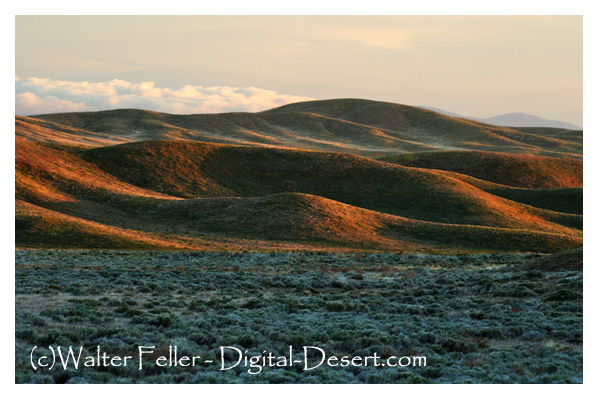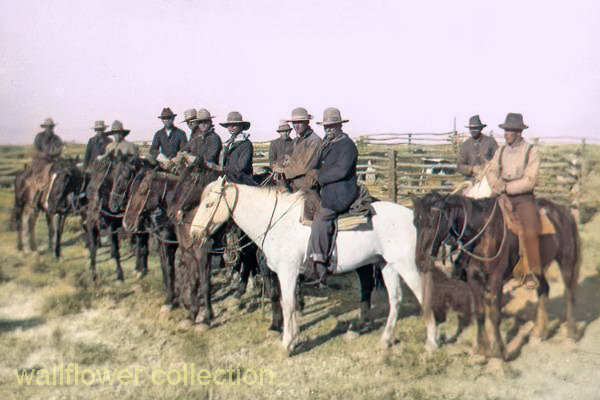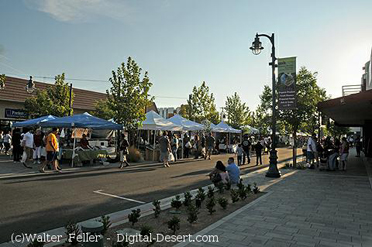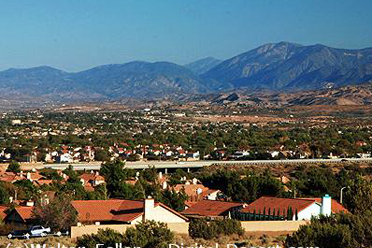|
|
Mojave Desert Map:
Antelope Valley
The valley was named for the graceful animals that are said to have roamed there until being eliminated by hunters and bad weather in
the 1880s. The principal cities in the Antelope Valley are Palmdale and Lancaster.

The Antelope Valley, nestled between the San Gabriel and Tehachapi Mountains, marks the western edge of the Mojave Desert. It spans about 3,000 square miles, stretching across northern Los Angeles and southeastern Kern Counties. Today, cities like Palmdale, Lancaster, Mojave, and Rosamond are its hubs, but people have lived and traveled through this valley for thousands of years—traders, hunters, and eventually settlers.
Long before it became known for aerospace, this valley was named for the antelope that once roamed freely until overhunting and harsh weather wiped them out by the 1880s. Native people had used this route for trade between the Southwest and California’s coast. Spanish explorers first arrived in the 1770s, but permanent non-native settlement took off in the 1850s, after California joined the U.S.
Key milestones came quickly: gold mining nearby, cattle ranching, and the Butterfield stage route in 1858. A telegraph line followed in 1860, then the railroad in 1876. Early farming boomed thanks to generous rainfall—until a crushing drought in the 1890s forced many off their land. Still, irrigation and electricity revived agriculture by the early 1900s. The 1913 Owens Valley Aqueduct helped too, feeding the growth of both Los Angeles and the Antelope Valley.
Today, though farming still lingers, the valley’s economy runs on aerospace and defense, with wide skies and open land perfect for high-tech flight and testing.
Historical Timeline
c. 9000 BCE – Indigenous peoples, likely ancestors of the Kitanemuk and other local tribes, begin using the Antelope Valley for seasonal travel and trade. The valley serves as a crossroads between the Mojave Desert and coastal regions.
1772 – Spanish explorer Pedro Fages passed through the Antelope Valley during early inland expeditions north of San Gabriel Mission.
1800s (early) – The valley remains sparsely used by Spanish and later Mexican ranchers, with little permanent non-native settlement.
1848 – California becomes part of the United States following the Mexican-American War. American settlers begin trickling in.
1854 – Fort Tejon is established to the west of the valley. It becomes a military post and supply route, protecting settlers and goods traveling through Grapevine Canyon and the valley floor.
1858 – The Butterfield Overland Mail sets up a stagecoach route crossing the valley, including stops near present-day Lancaster and Mojave.
1860 – The Los Angeles to San Francisco telegraph line cuts across the valley, a key advancement in communication.
1860s–1870s: Ranching became more common as open land and rail access attracted cattlemen. H.J. Butterworth and others ran large cattle operations.
1876 – The Southern Pacific Railroad reaches the valley, connecting it with Los Angeles and the Central Valley. This leads to the development of rail towns such as Mojave.
1880s – Early farming begins, especially around Lancaster and Rosamond, spurred by unusually wet weather. A few antelopes still roam the open grasslands but vanish by the decade’s end due to overhunting and dry winters.
1884 – Lancaster is officially established as a station town along the Southern Pacific line.
1886 – Mojave becomes a critical rail junction connecting the SP and the Borax routes to the desert.
1890s – Agriculture spreads, especially dry farming of wheat and barley. Homesteaders attempt to settle remote areas. In 1894, a severe drought begins, devastating crops and driving many settlers away.
Early 1900s – Irrigation and windmill-powered wells slowly return life to abandoned farms. Electricity arrives, helping boost productivity.
1913 – The Los Angeles Aqueduct is completed by William Mulholland, delivering water from the Owens Valley to L.A. The project passes through the Antelope Valley and contributes to growth and infrastructure.
1921 – Palmdale is formally incorporated as a town site, growing from a rural colony founded by Swiss and German families in the late 1880s.
1933 – Muroc Army Airfield (later Edwards Air Force Base) is established. This brings a long-term military and technological presence to the valley.
1940s – World War II transforms the Antelope Valley into an aerospace hub. Military testing and development expand rapidly.
1950s – Both Palmdale and Lancaster grow quickly as workers settle in to support Edwards AFB and companies like Lockheed. Suburbs, schools, and civic centers appear.
1962 – Palmdale is officially incorporated as a city.
1977 – The space shuttle Enterprise makes its test flights at Edwards AFB, showcasing the valley’s role in national aerospace history.
1980s–2000s – Growth continues, with the valley balancing residential expansion, agriculture, and ongoing defense contracting work.
Today – Palmdale and Lancaster anchor the valley, which supports farming, aerospace, solar energy, and commuters. The wide desert skies and quiet spaces remain a draw, as do the area’s historical roots.

Cowboys at H.J. Butterworth Corral, c.1905-1910 - City of Lancaster Museum
|
*Antelope Valley Map
Historical Setting
Communities

Lancaster

Palmdale
Ecology
High Desert Plains & Hills
|



